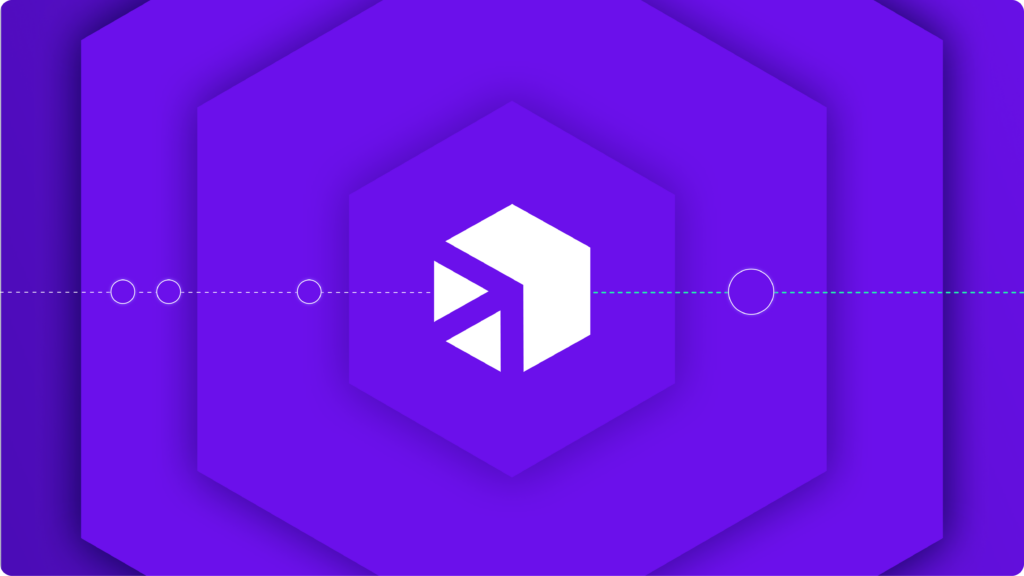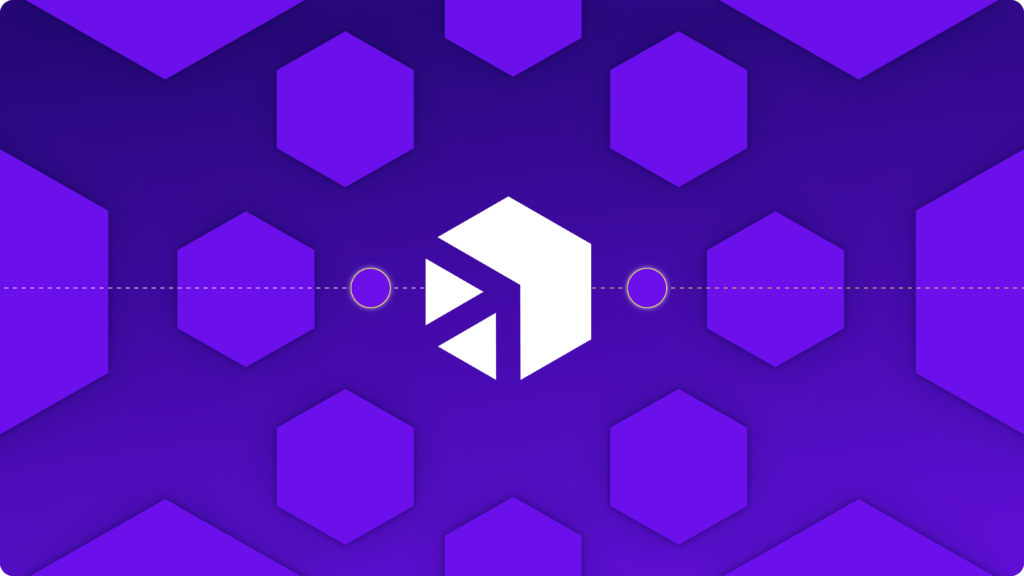abril 20, 2023
A migração entre nuvens é exatamente o que o nome indica. Trata-se do processo de mover ativos digitais (dados, aplicações, etc.) de um ambiente de nuvem para outro.
Provavelmente, você já leu mais artigos do que gostaria sobre como, por que e quando mover seus sistemas, dados e aplicativos para a nuvem. Mas migração entre nuvens? Tente encontrar informações sobre isso, e suas buscas provavelmente trarão bem menos resultados.
Os resultados de pesquisa do Google sobre migração entre nuvens tendem a simplesmente ignorar o que o algoritmo interpreta como um “cloud” redundante na sua consulta e te direcionam de volta para os benefícios de mover para a nuvem e comparações entre soluções de nuvem pública, privada e multi-nuvem.
Ao investigar tipos de migração para a nuvem, você vai encontrar discordâncias sobre quantos existem – todos focados em migração de um sistema local para a nuvem. Um mix de re-hospedagem, redistribuição, reembalagem, refatoração, recompra, aposentadoria e retenção, só para constar.
Então, o que é migração entre nuvens? E por que alguém se importaria com isso?
>> Agende uma demonstração personalizada com nossa equipe de especialistas e veja como o iPaaS da Digibee trará eficiência ao seu negócio.
O que impulsiona a migração de nuvem para nuvem?
Se você já fez a migração para a nuvem, por que se dar ao trabalho de fazer tudo de novo? Mesmo as transições mais suaves e diretas ainda envolvem um nível de estresse. Ninguém termina um projeto que pode ser demorado e disruptivo e diz: “ei, vamos fazer isso de novo!”
Obviamente, estou exagerando. Ninguém está simplesmente movendo todos os seus dados e aplicativos de nuvem para nuvem em um jogo de Frogger de alto risco. Mas as empresas estão adotando a migração entre nuvens – mais frequentemente do que você pode imaginar. Por quê?
Multi-nuvem é uma tendência
Quase toda empresa usa a nuvem de alguma forma. E 87% das organizações adotaram uma estratégia multi-cloud. Com vários ambientes de nuvem em operação, as chances de você mover dados de um para outro são altas, então a migração entre nuvens é mais comum do que o Google mostra. Mas o que está impulsionando esse tráfego entre nuvens?
Nem todas as nuvens são criadas iguais
Seu negócio está em constante evolução, e o que você precisa de um ambiente de nuvem também mudará. Nem todo ambiente de nuvem é adequado para todos os casos de uso (daí a adoção generalizada de estratégias multi-cloud), e é aí que entra a migração de dados entre nuvens.
Os provedores de serviços de nuvem têm pontos fortes e fracos diferentes, assim como você tem prioridades variadas para os sistemas que estão na nuvem. Essas diferenças podem justificar a migração de dados de uma nuvem para outra.
1. Custo
Nem todos os ambientes de nuvem são configurados para suportar as mesmas necessidades. Por exemplo, uma solução de nuvem projetada para armazenar muitos dados que raramente são movidos não oferecerá as melhores taxas se você precisar fazer uploads e downloads frequentes.
2. Segurança ou conformidade
Informações críticas para os negócios ou dados sensíveis de clientes precisam ser armazenados em um ambiente de nuvem que atenda a padrões específicos. Se o ambiente em que você iniciou não puder atender a esses requisitos, você pode optar por migrar dados vitais para outro lugar.
3. Desempenho e confiabilidade
O ambiente que você escolheu pela sua alta segurança pode não oferecer o desempenho necessário para aplicativos de uso intenso. Quaisquer sistemas voltados para o cliente hospedados na nuvem precisam de níveis elevados de desempenho e mínimo tempo de inatividade.
4. Recursos e capacidades
Se os recursos ou capacidades do seu ambiente de nuvem não correspondem às suas metas ou necessidades em mudança, você pode precisar encontrar uma nova solução. A necessidade de mais controle, maior transparência ou melhor integração entre sistemas se encaixam nessa categoria.
Desafios da migração de nuvem para nuvem
Como a migração de nuvem para nuvem não apresenta os mesmos problemas que podem afetar migrações de on-premise para nuvem, muitos dos desafios normalmente associados à migração não se aplicam aqui. Você (presumivelmente) já desenvolveu uma estratégia de nuvem e definiu o que espera alcançar com a migração. Você entende os custos, a segurança e a conformidade, bem como as necessidades técnicas, e, idealmente, obteve a adesão organizacional para o uso da nuvem. Mas isso não significa que a migração de uma nuvem para outra seja garantidamente sem complicações.
Os principais desafios associados à migração de nuvem para nuvem estão relacionados ao conceito básico de mudança e à dor que ela pode causar:
- Limitações da plataforma – Diferentes ambientes de nuvem possuem regras variadas para o tratamento de dados, e, portanto, cada um tem limitações distintas. Antes de iniciar uma migração de dados entre nuvens, é essencial garantir que o ambiente de destino atenderá a todos os seus requisitos.
- Experiência do Usuário – Mudanças são difíceis. Mesmo uma migração cuidadosamente orquestrada entre ambientes de nuvem pode impactar a experiência do usuário. Arquivos excluídos antes de uma transição podem reaparecer no novo ambiente, frustrando ou confundindo seus usuários.
Como otimizar sua migração de nuvem para nuvem
Existem boas razões para fazer a migração para a nuvem, mas também desafios que tornam o processo pouco atrativo. Se você decidiu, por qualquer motivo, que mover ativos de seu ambiente atual para um novo espaço digital é o melhor a fazer, existem etapas que pode seguir para minimizar a dor e a interrupção. Convenientemente, a maioria dessas etapas são as mesmas que você seguiu (ou deveria ter seguido) quando migrou para a nuvem pela primeira vez:
- Defina metas e expectativas operacionais
- Garanta que você entenda as motivações para a migração
- Pesquise e analise ambientes para encontrar um que atenda às suas expectativas
- Identifique os riscos associados à transição
- Desenvolva um plano de migração que mitigue os riscos e minimize a interrupção para todos os usuários
Na Digibee, desenvolvemos um iPaaS low-code que pode ajudar a tornar a migração de nuvem para nuvem fácil e sem complicações. Os elementos flexíveis, escaláveis e reutilizáveis do iPaaS da Digibee garantem que as movimentações para a nuvem, ou migrações de nuvem para nuvem, aconteçam de forma contínua.
Veja você mesmo. Traga para nós o seu cenário de caso de uso de nuvem para nuvem e agende uma demonstração sem compromisso para saber como nossa solução pode simplificar o processo de migração.









